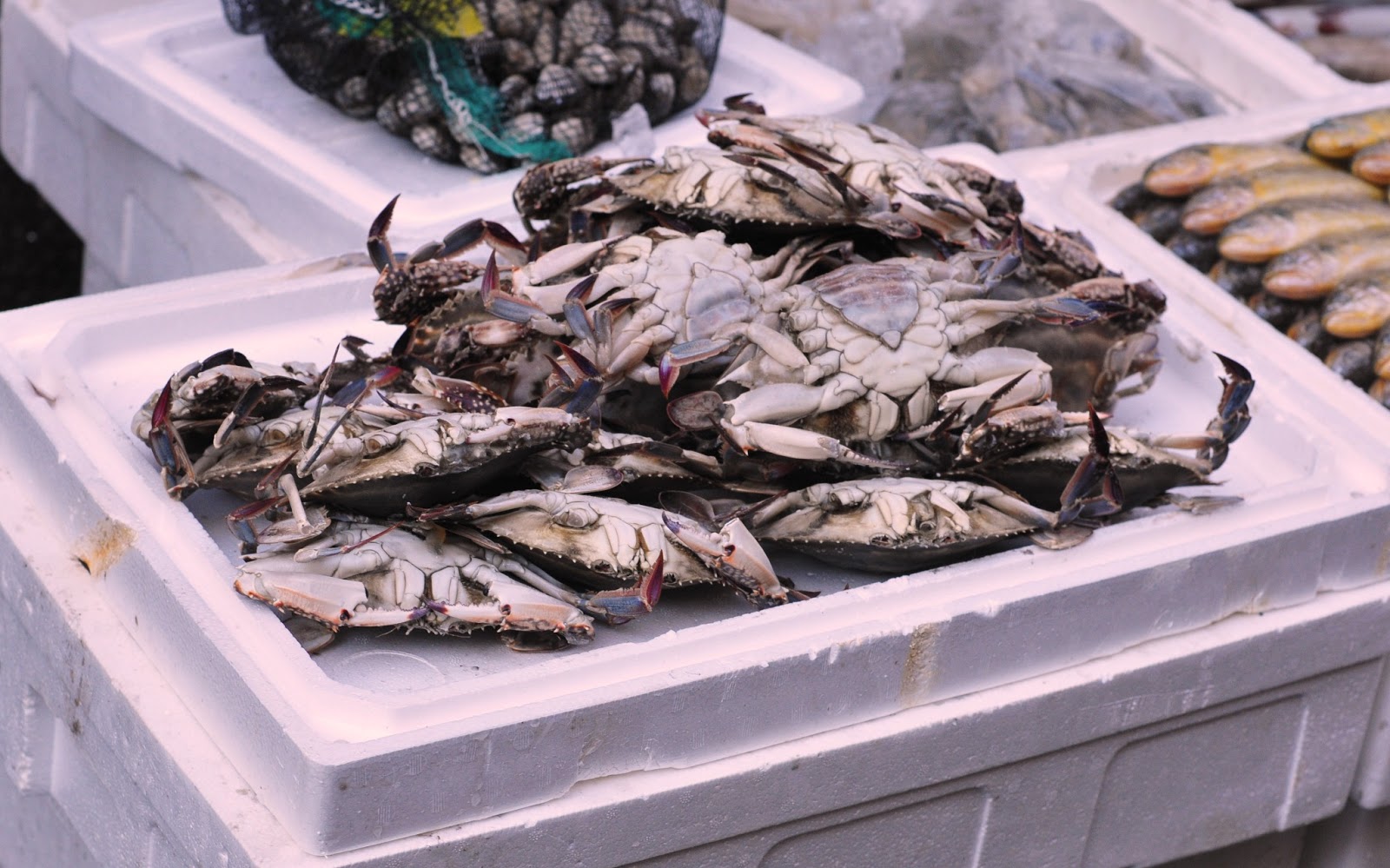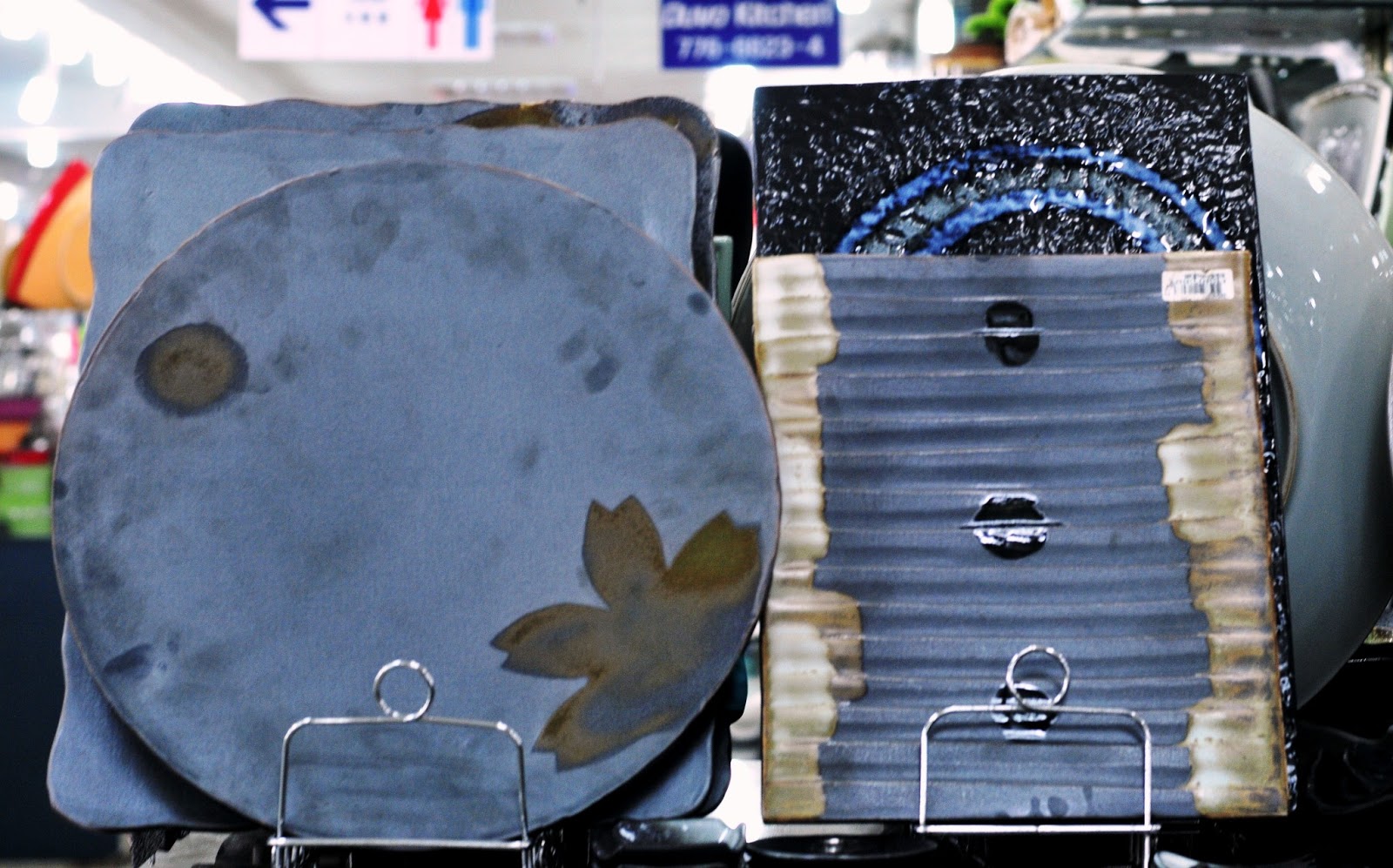You'll find kimchi at every meal...
 |
| Kimchi is on the lower left side; it's reddish/orange. |
A real short definition of Kimchi is "Spicy pickled cabbage" and definitions are quick to add that it is the national food or dish of Korea. A closer look shows more texture:
 |
| Thanks to http://www.myhealthguide.carlyucaangay.com/health-food-how-to-make-kimchi.html |
See international Pop Music star from Korea: PSY selling Samsung kimchi refrigerators; it's worth the watch - http://www.youtube.com/watch?v=jgxgql7T2dc.
In this convenience society, you can buy it already made for about around five dollars a pound, give or take. Or you can make it yourself. Home-made, it takes weeks to make a batch from beginning to end. But, since Kimchi is fermented, it keeps awhile without artificial preservatives.
One website (http://gastronomyblog.com/2010/11/13/how-to-make-kimchi/) has these ingredients for regular Kimchi:
This month I am a student in a 4-hour-per-day Korean class, one that includes two field trips. A couple of days ago, we went to a Kimchi-making activity. It was a highly abbreviated Kimchi-making session, in which all the advance preparation was already done, and all we had to do was the final mixing.One website (http://gastronomyblog.com/2010/11/13/how-to-make-kimchi/) has these ingredients for regular Kimchi:
- 2 heads Napa cabbage
- 2 cups sea salt
- 8 cups water
For kimchi marinade
- 1 cup sweet rice powder
- 5 cups water
- 1 cup coarse Taeyangcho red chili pepper powder
- 5 ounces garlic
- 10 ounces Asian pear, peeled and quartered
- 9 ounces onions, peeled and quartered
- 1 ounce ginger, peeled
- 4 ounces Fresno chilies
- 2 pounds radish, julienned
- 4 ounces minari
- 4 ounces red mustard greens
- 4 ounces Korean chives
- 4 ounces green onions
- 1/4 cup Korean anchovy fish sauce
- 3/4 cup Korean salted shrimp sauce
- 4 ounces fresh shrimp, chopped
- 4 ounces Korean salted shrimp
Enjoy the pictures. (In this room, the main language is Japanese; there were two men, one from Australia and one from ... well you know.)
 |
| That's mine, on the right. |
 |
| One of my teachers is on the right. |
Bon appetit!
Marc













.JPG)





































































